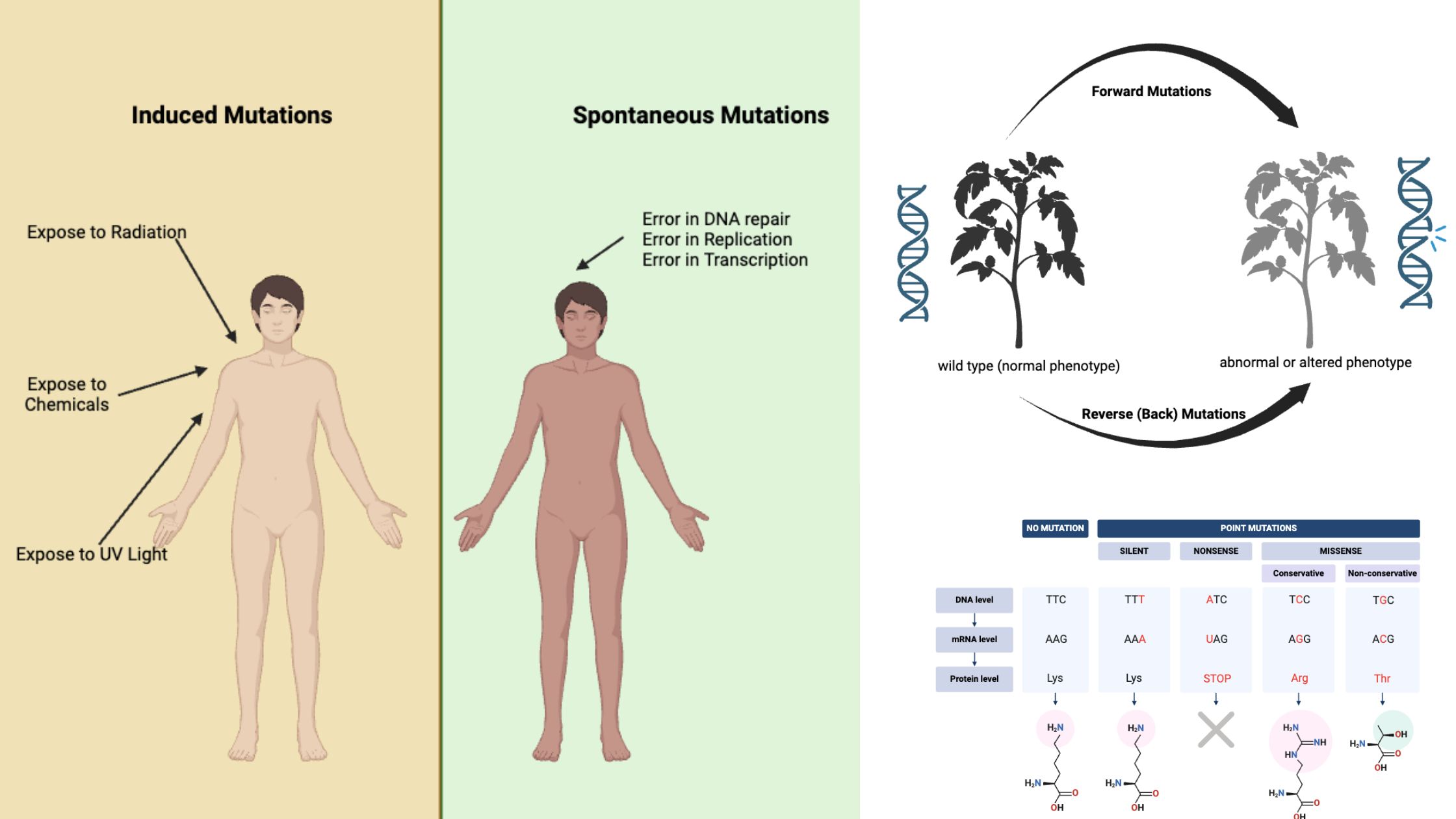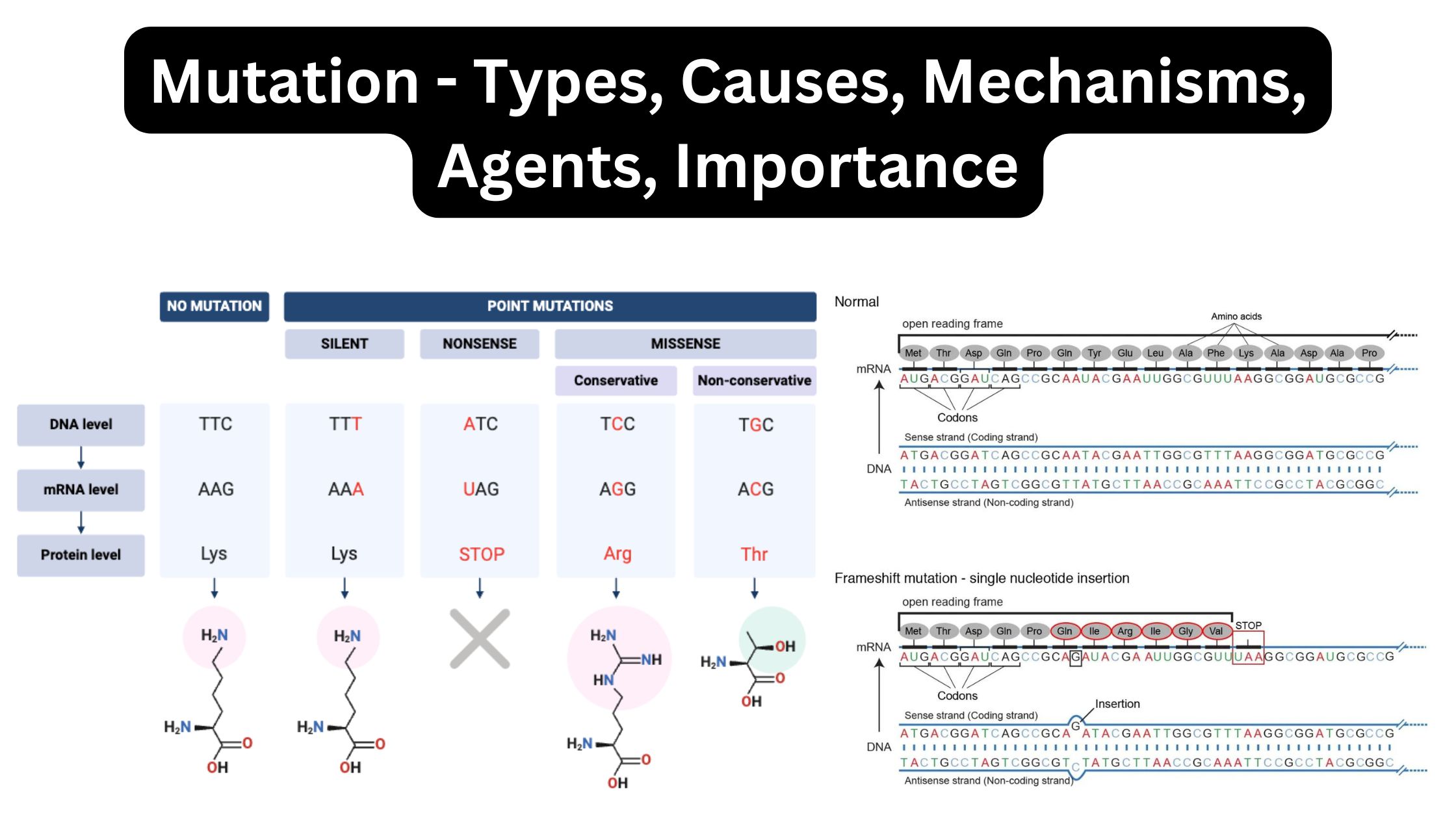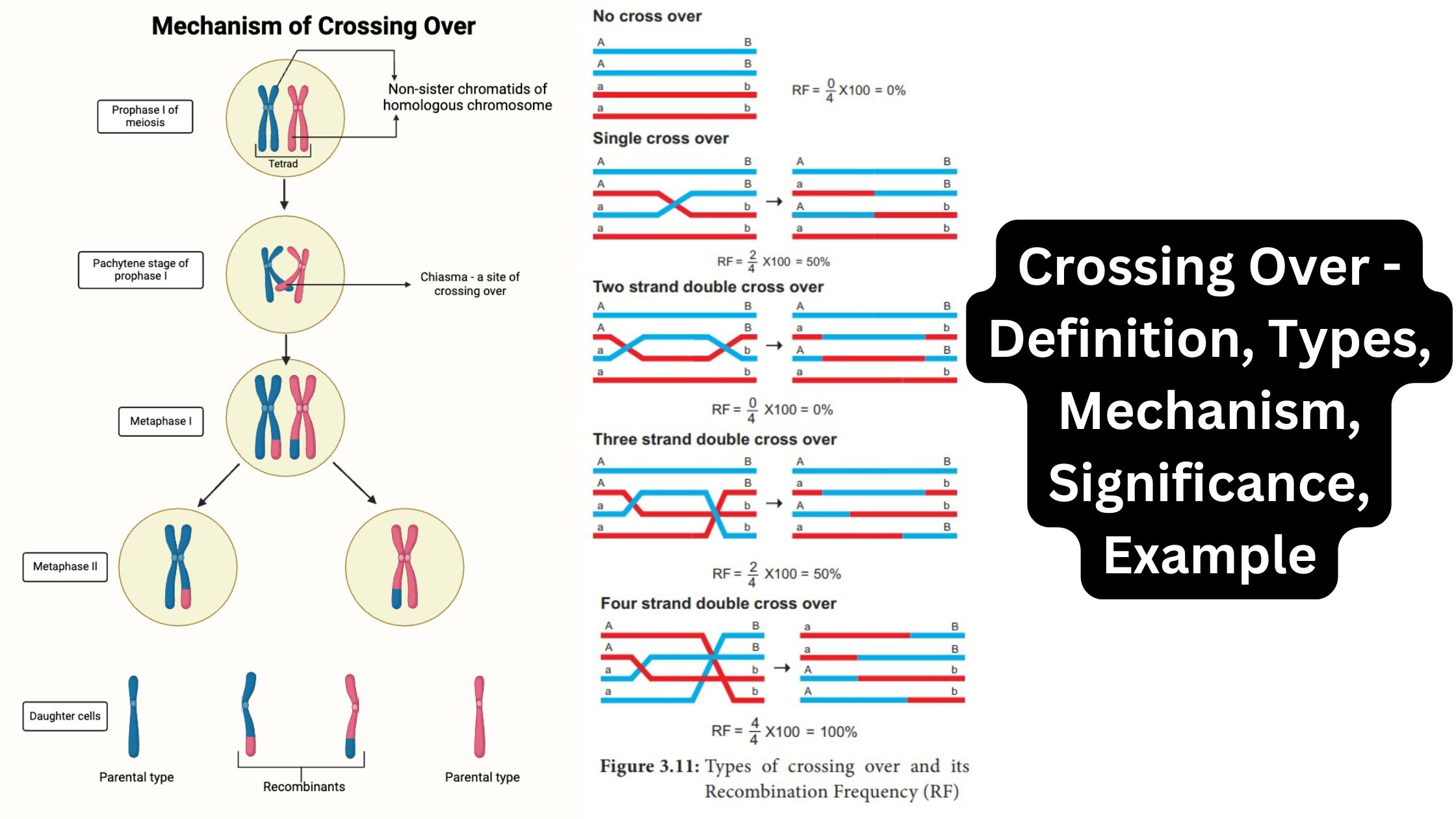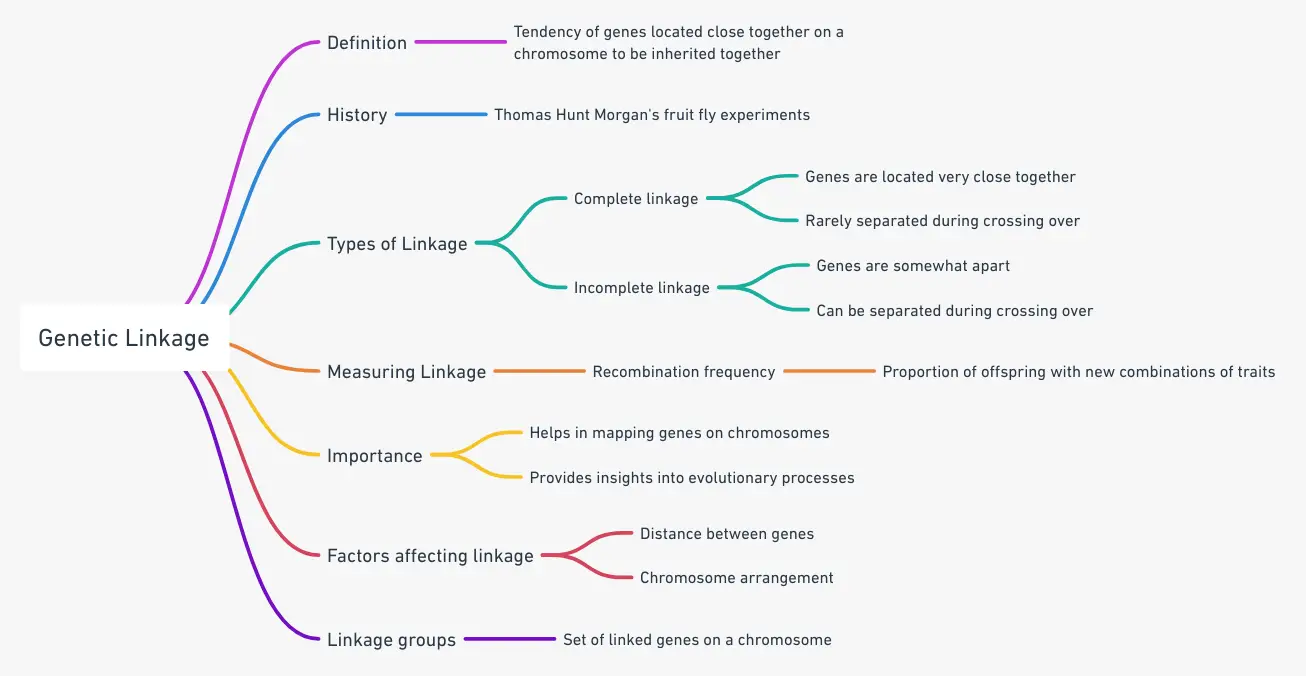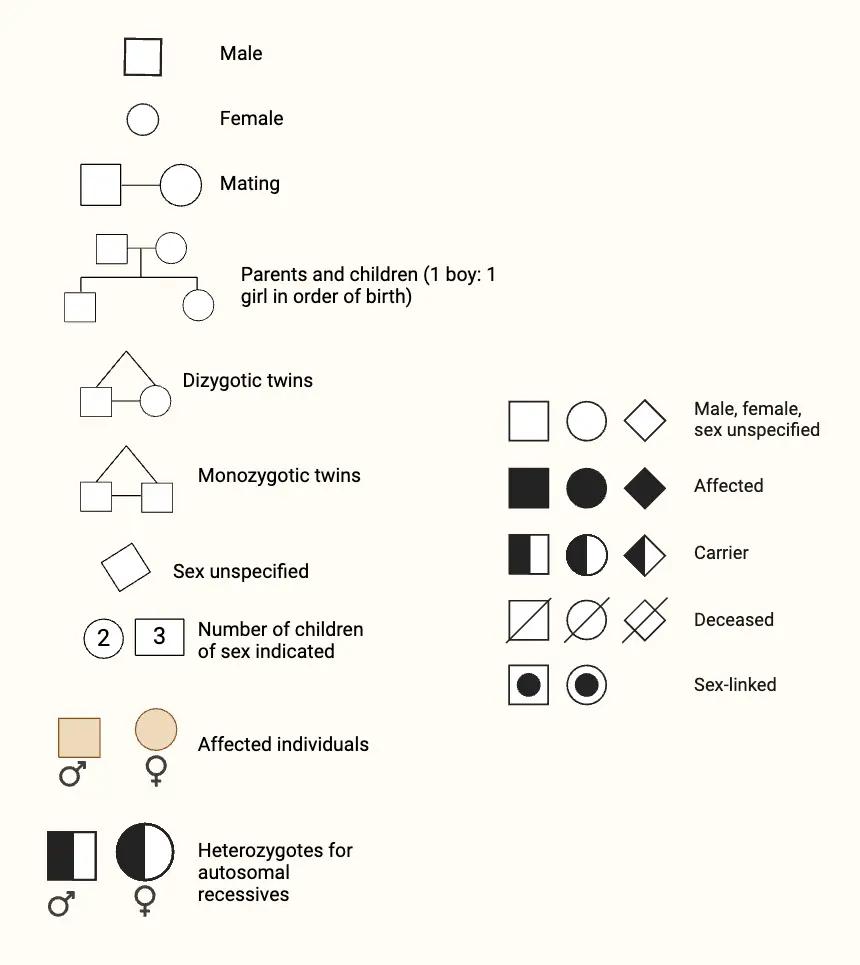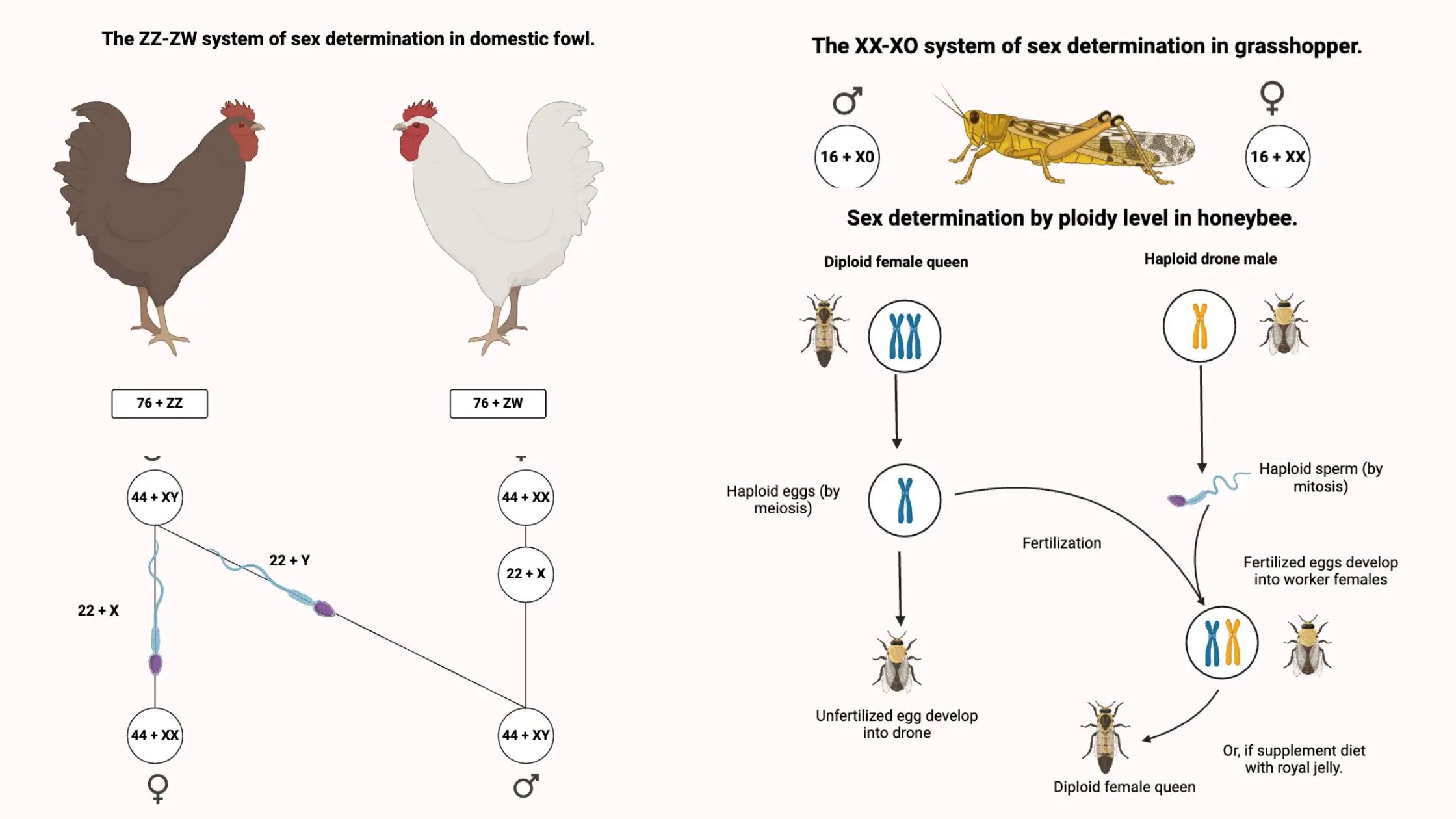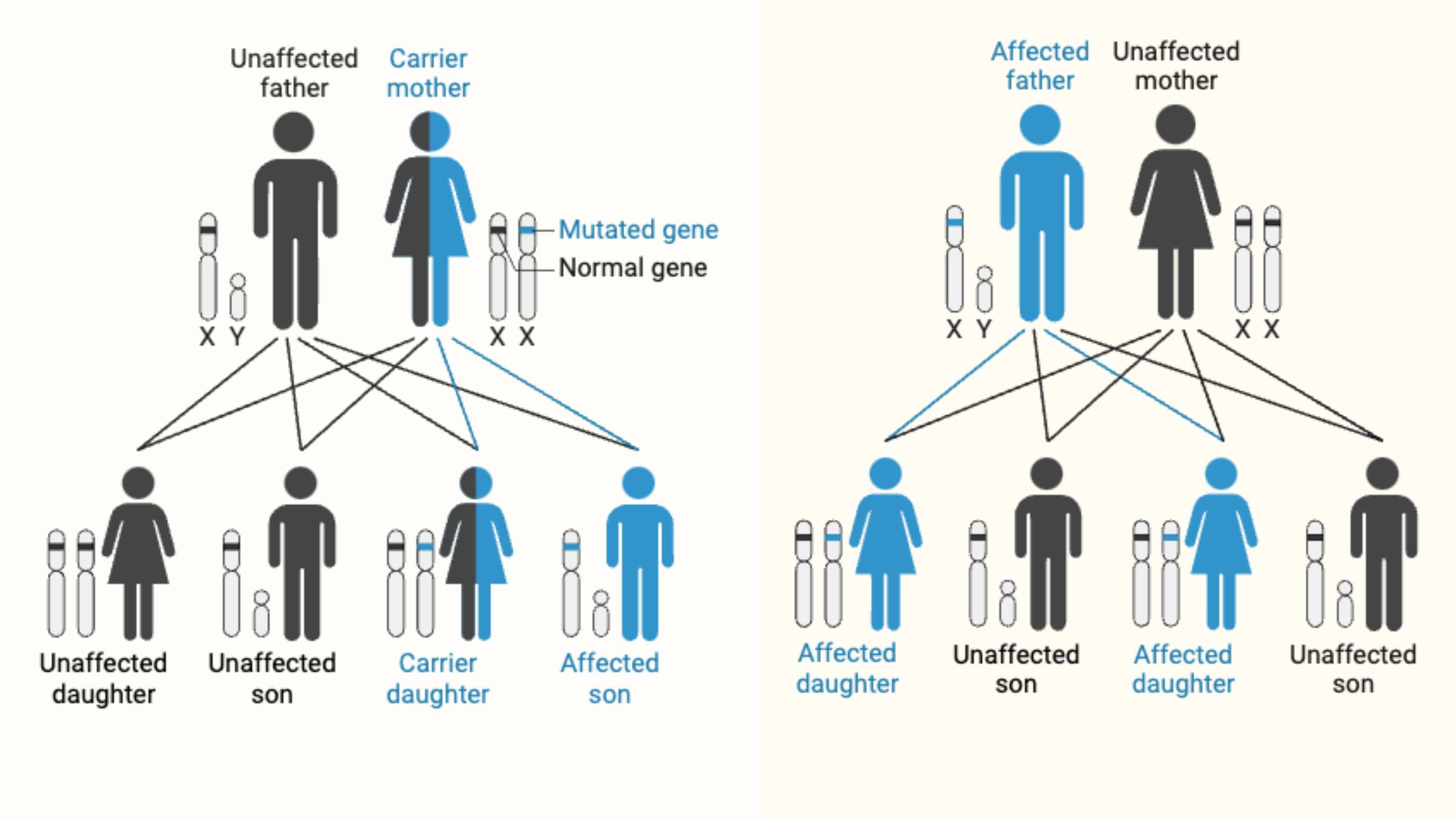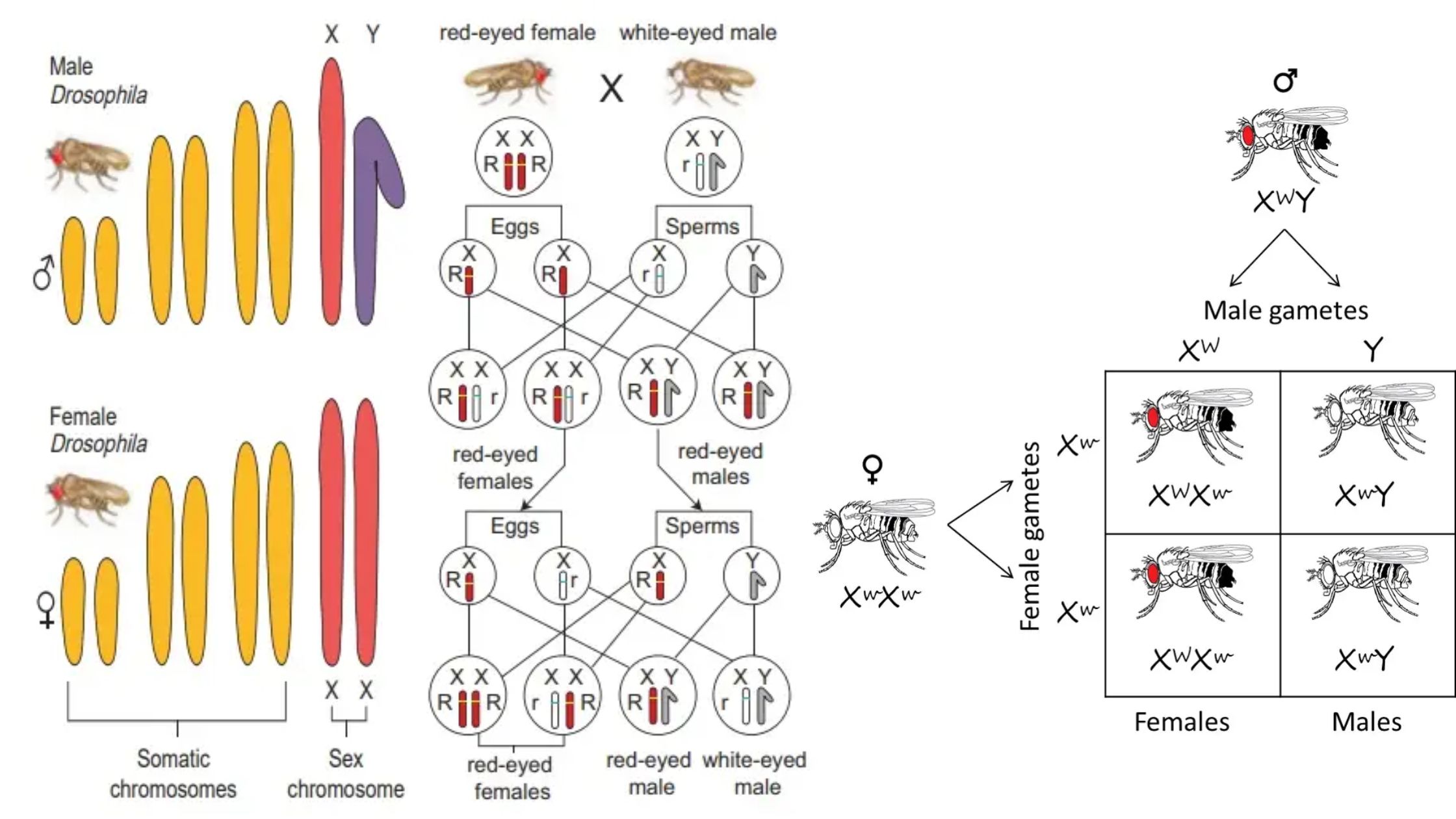Types of Mutations
Mutations are changes in the genetic material of an organism. These alterations can occur in various ways, and they play a fundamental role in biological diversity and evolution. Broadly, mutations can be classified into two major categories: gene mutations and chromosomal mutations. Gene mutations, also known as point mutations, occur when a change takes place … Read more
